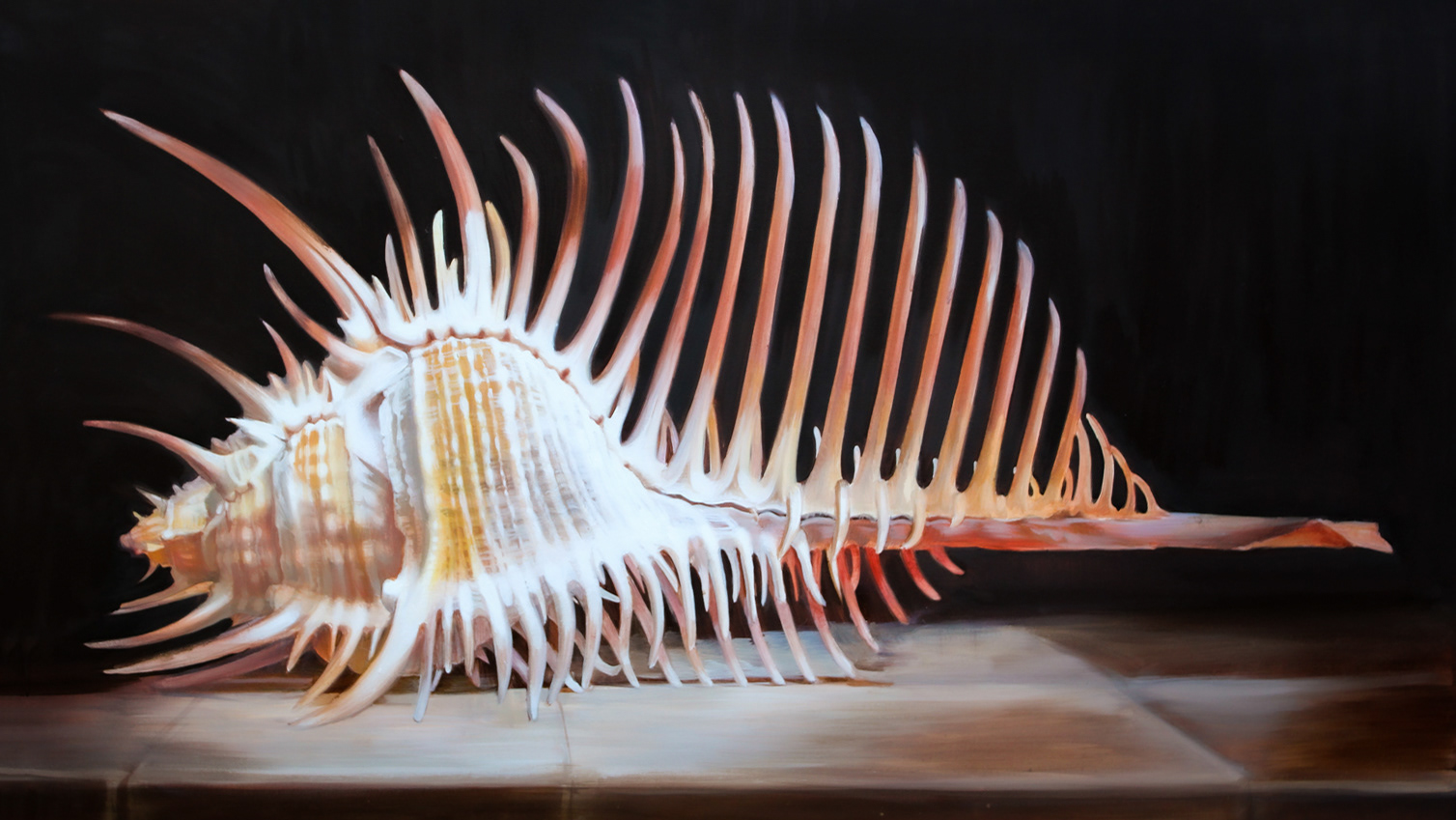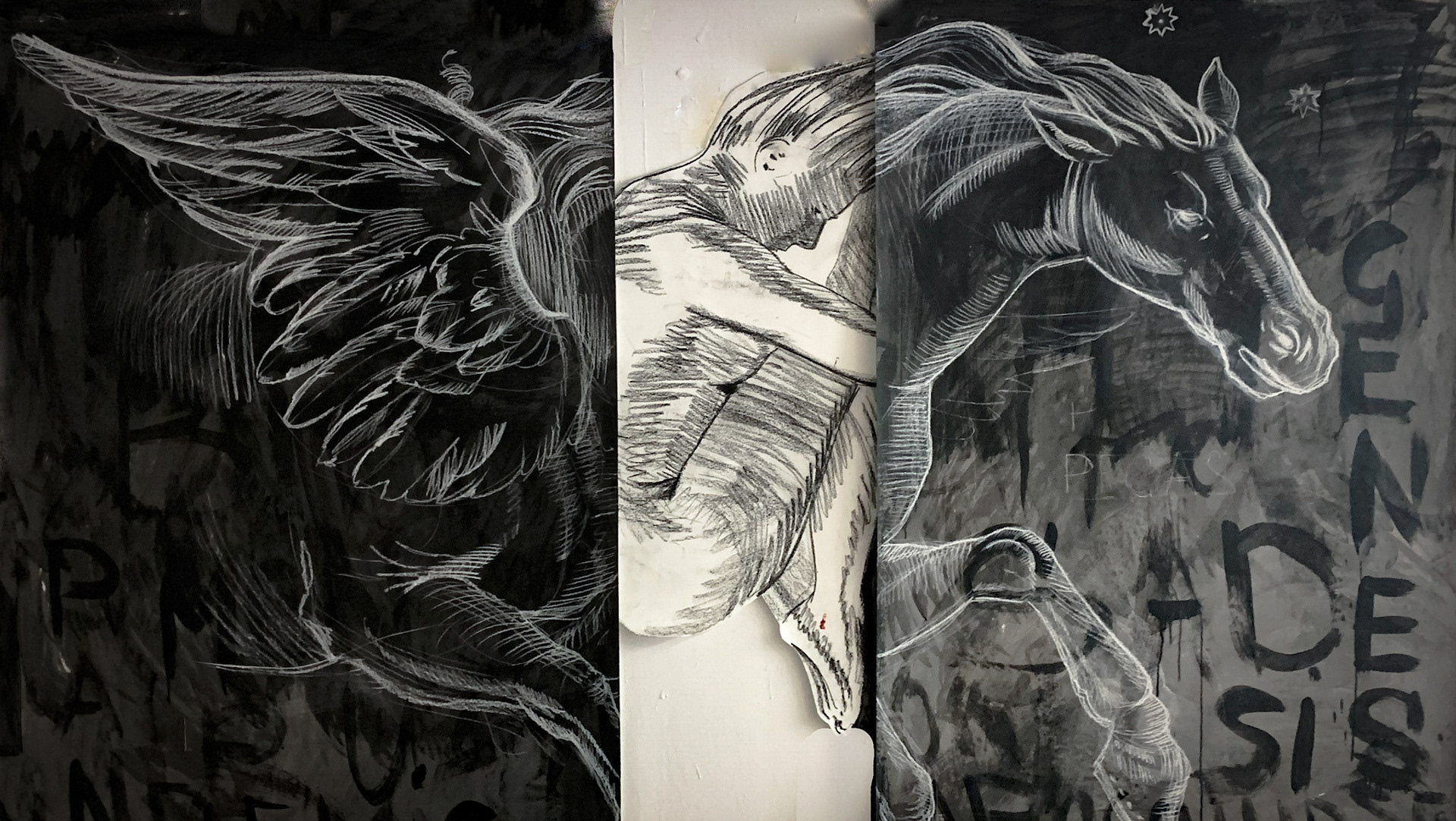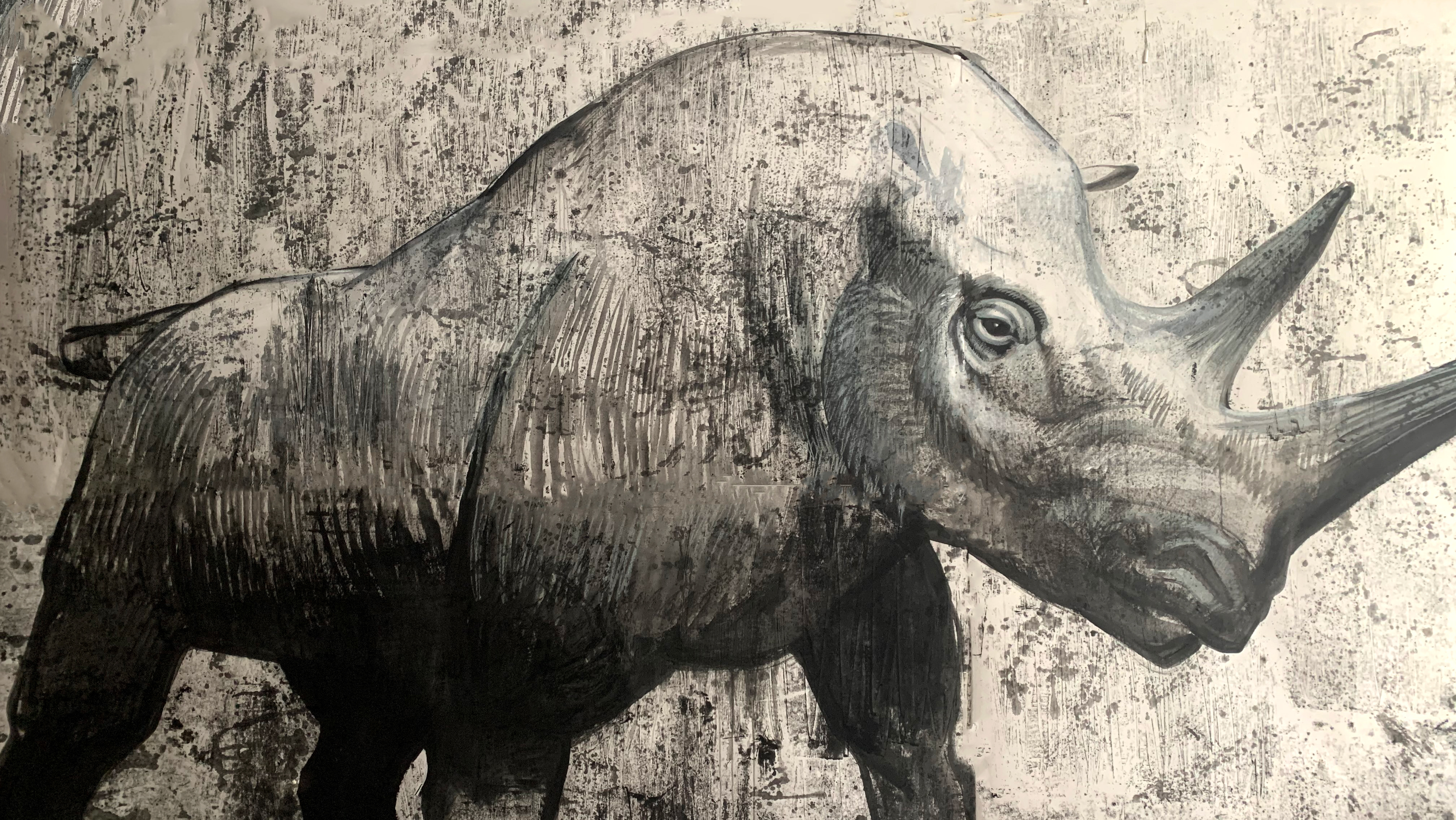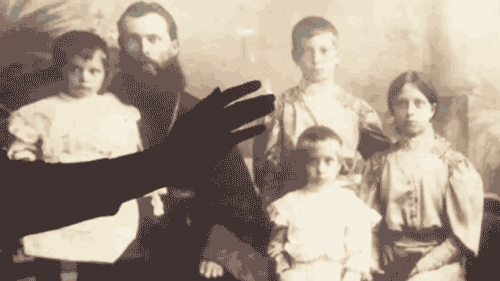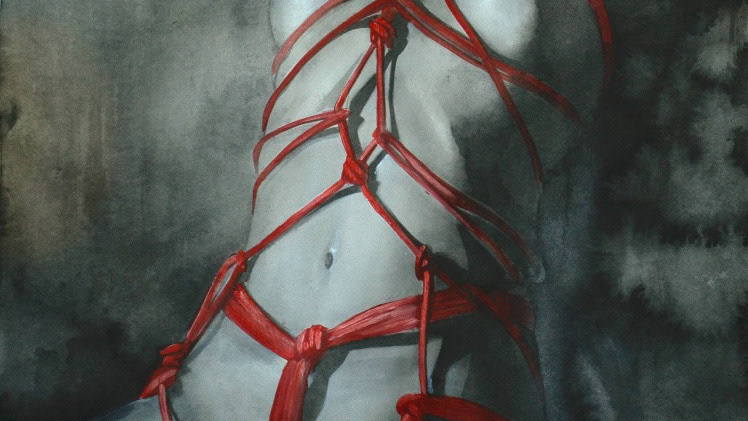''Reviving the past to remind the present: Baroque Anarchist's contemporary memento mori concept for contemporaries''
Baroque and Renaissance artists could comment on the issues of their day through their depictions of stories from the Bible and antiquity. According to the Bible, humanity became mortal when Adam and Eve were expelled from the Garden of Eden. Today, the development of biotechnology, like cloning organs, makes it possible to become immortal again. I imagine scientists conducting biological cloning experiments in mysterious laboratories where artificial human organs are grown like flowers and fruit in the garden.

Genesis, 150 x100 cm, oil on canvas, 2020, London

View of exposition
For centuries, artists made memento mori works of art, typically featuring a skull or hourglass, to remind the viewer of death. The Forbidden Garden series is about Genesis, the feminine and mortality. In these paintings, representations of human anatomy and femininity are combined with fragments copied from artworks by Baroque artists, Maria Van Oosterwijck, Rachel Ruysch and Artemisia Gentileschi. Their flower paintings from the Dutch Golden Age inspired the painting as well as my costume.
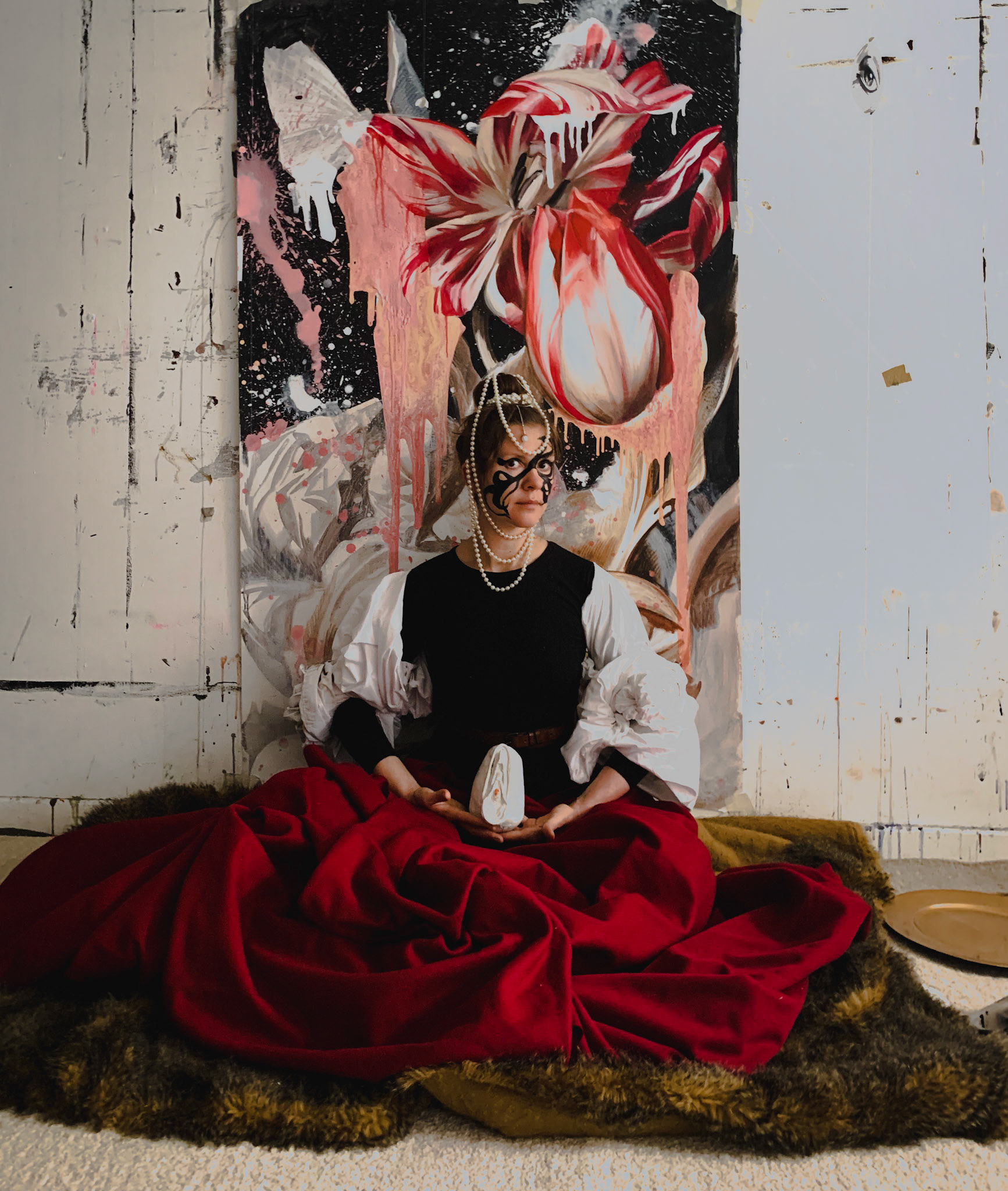
My costume as Baroque Anarchist
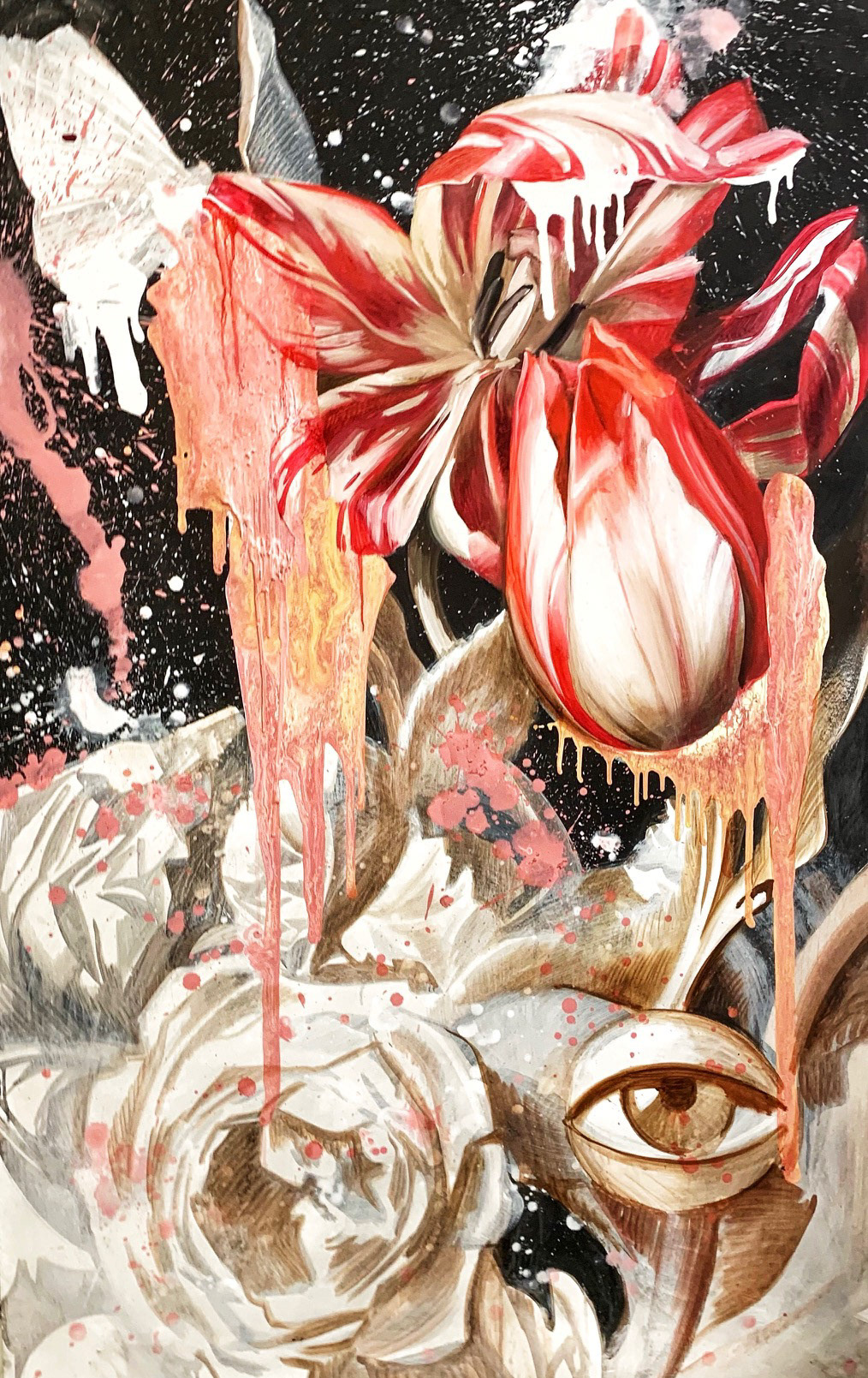
The Very Vision, 160 x 100 cm, oil on primed paper, 2021, London
Few painters at that time were female and despite being excluded from the possibility of professional success, these artists displayed admirable courage and dedication to art. Drawing on the knowledge and practice of female artists who came before me enabled me to develop a relationship with these artists, which helped me forge my own path forward. I connect with the Baroque artists by faithfully following their methods in my painting. After making a compositional sketch, I employ grisaille, a traditional painting technique, which builds the entire image in shades of grey to create the illusion of sculpture, especially relief. Colour is only added in the finale stage using multiple layers of glaze.

Genesis, 150 x100 cm, oil on canvas, 2020, London
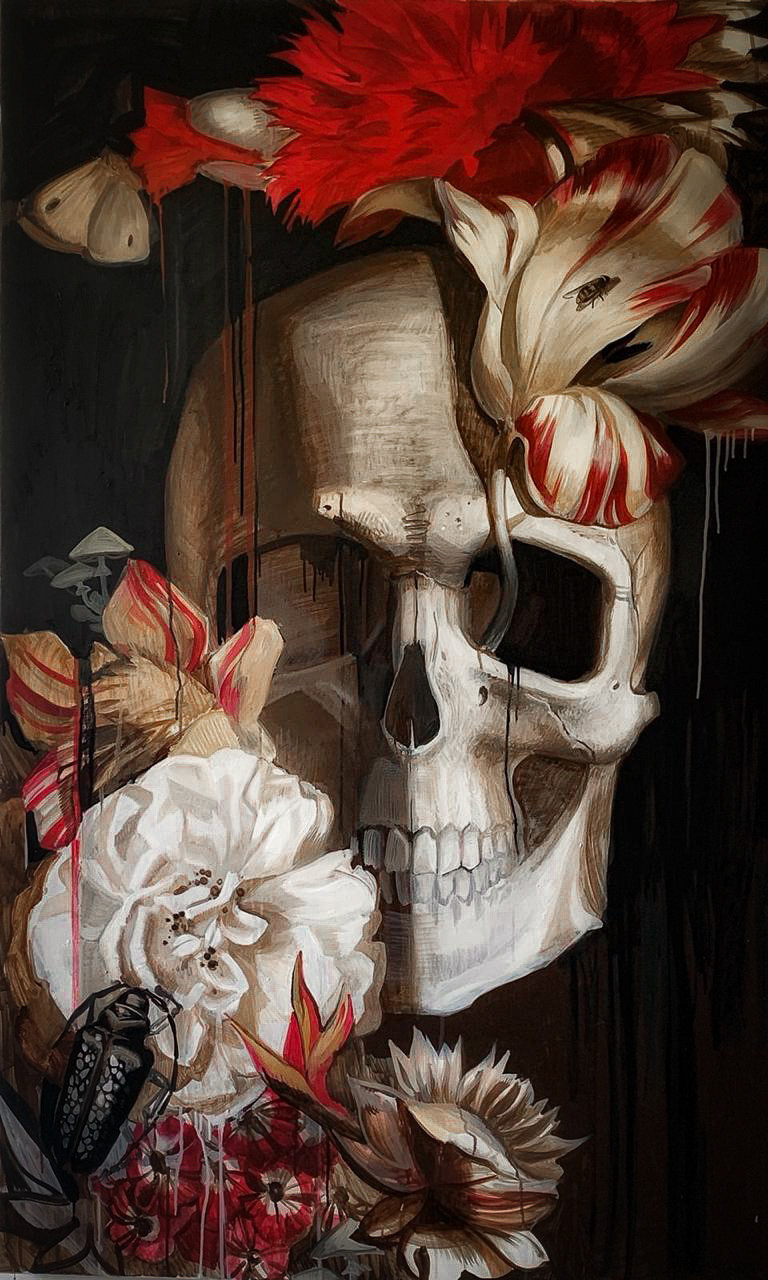
Skull, 150 x100 cm, oil on canvas, 2020, London
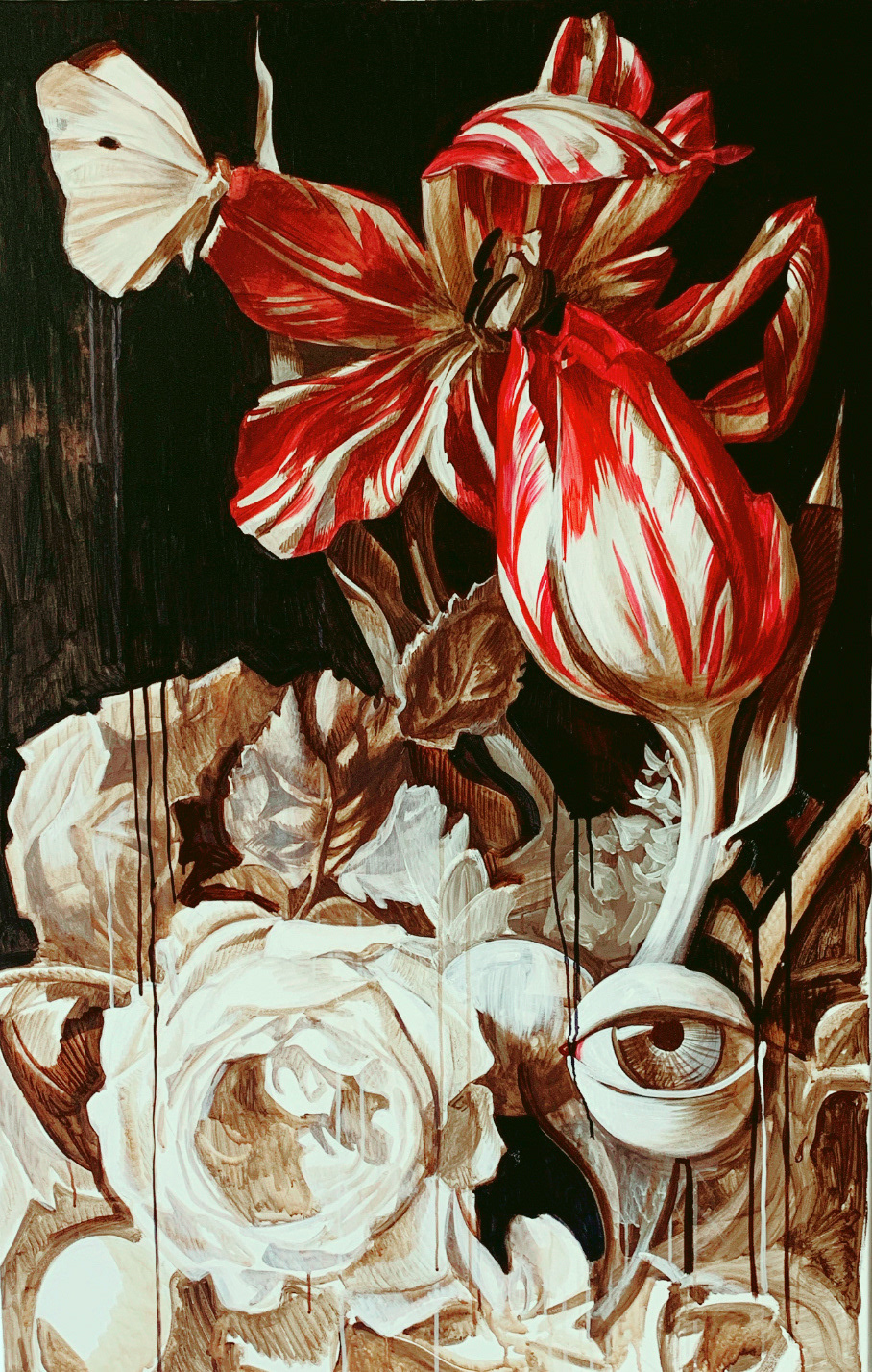
Vision, 150 x100 cm, oil on canvas, 2020, London
Despite their inspirational painting and practice, these incredible artists never received the social recognition granted to their male peers. They were all related to famous male artists and helped create some of the most famous paintings in art history. Recent research shows that some of the paintings signed by their husbands or fathers were, in fact, painted by women. It got me thinking about how these great artists would work in the contemporary art world. I tried to imagine which theme they would explore and which materials they would use.
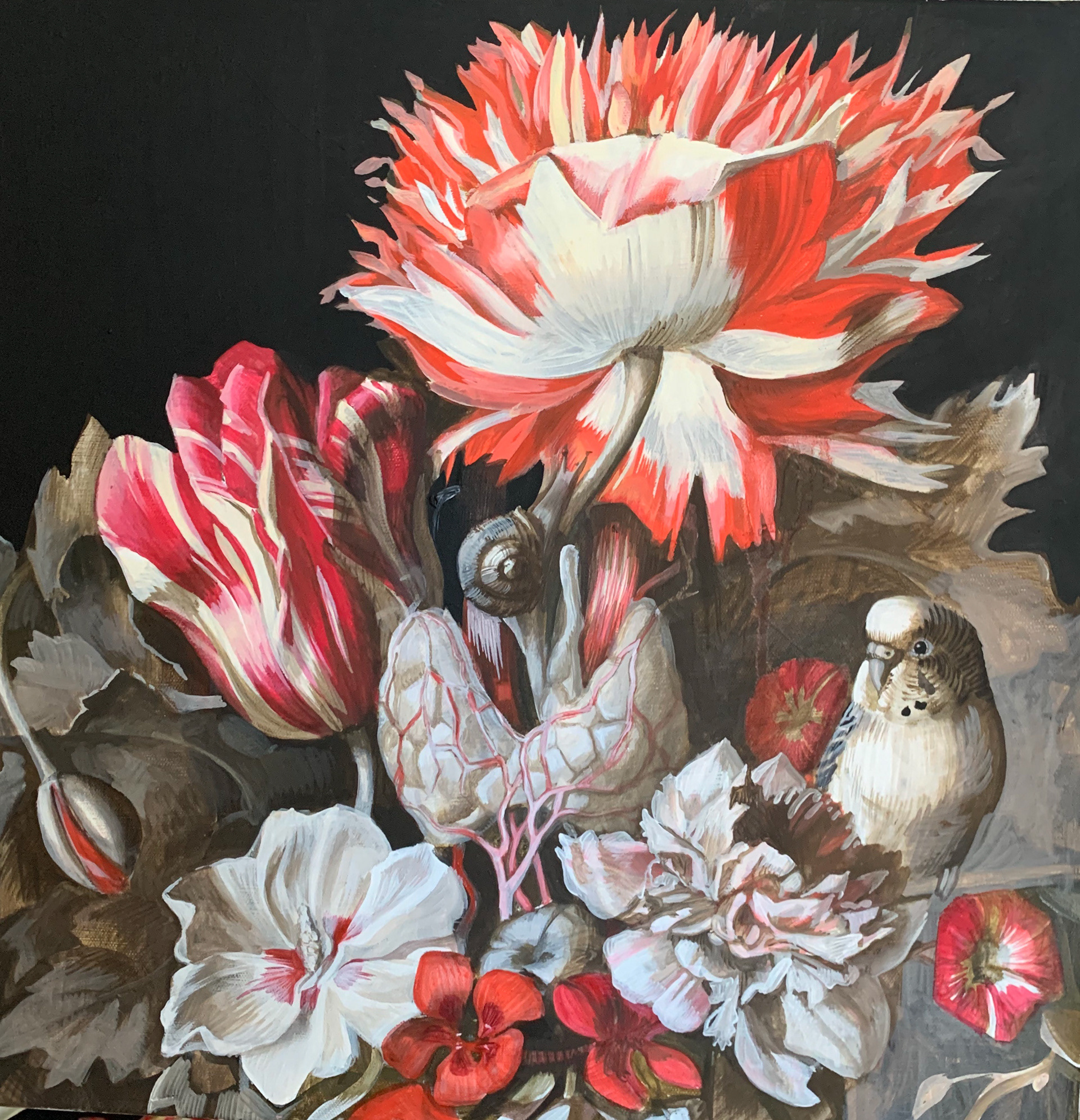
Thyroid Nest In My Body, 150 x100 cm, oil on canvas, 2020, London
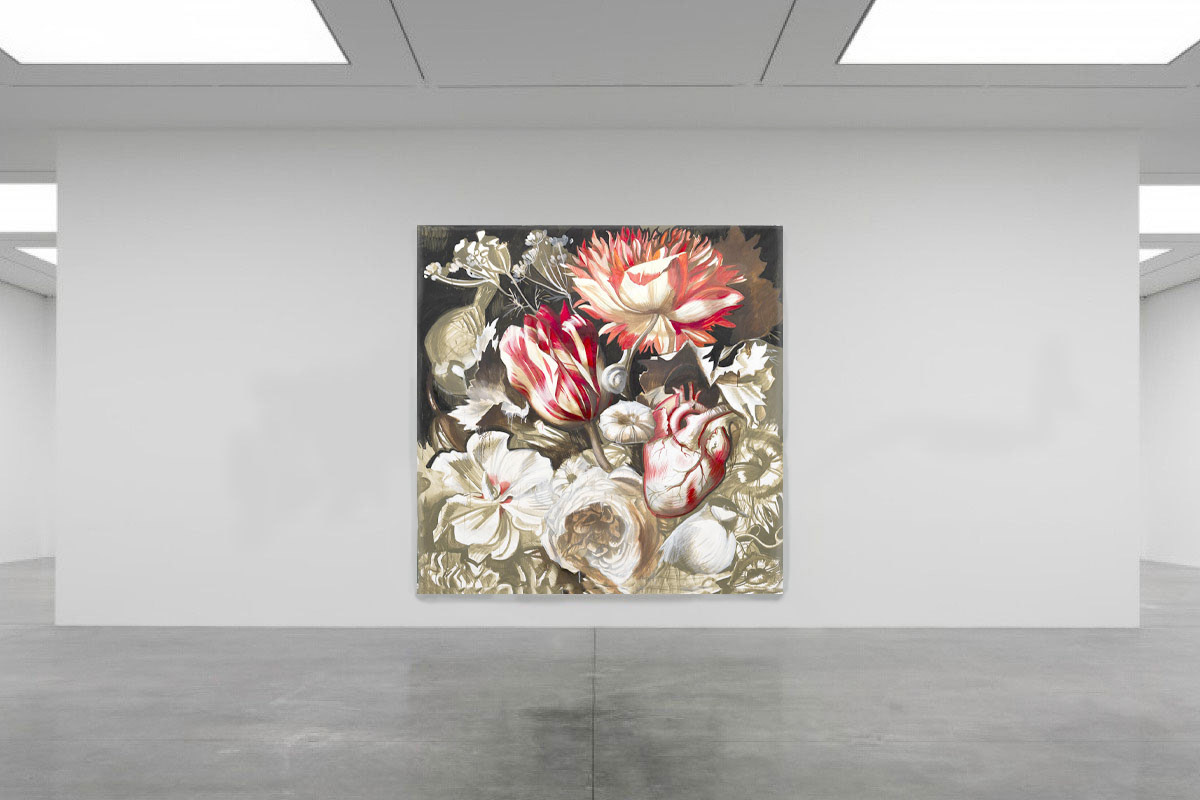
View from exposition
In my work, I strictly follow the sophisticated technique of `Old masters` painting. I make a compositional sketch for each work, then a drawing, then a grisaille in a brown-white tone, and only then, if necessary, do I apply a layer of colour. This very laborious technique creates the effect of the naturalness of the flesh. Also, it makes it possible to enlarge fragmentation and the creation of large-size paintings.
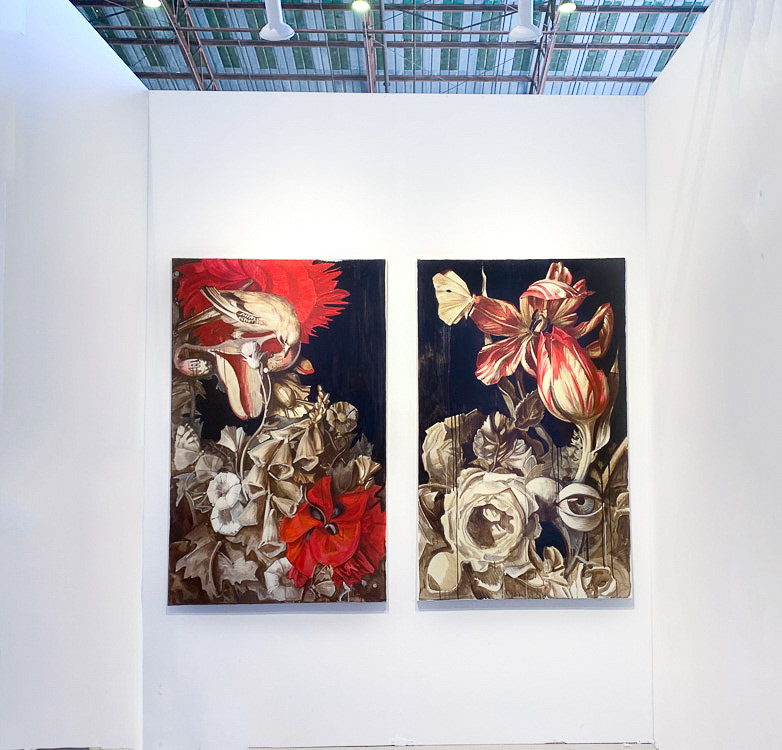
View at the art fair, Los Angeles

Genesis, 150 x 100 cm, oil on canvas, 2019, London
''Art for me is a necessary condition for existence, on the one hand, protection from external conditions, on the other hand, it is the facility with which I explore life.''
